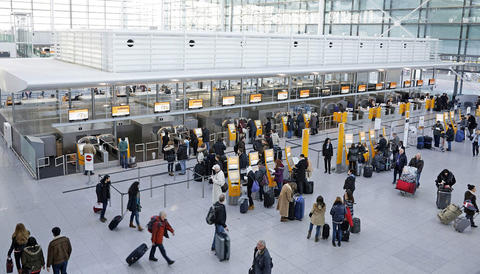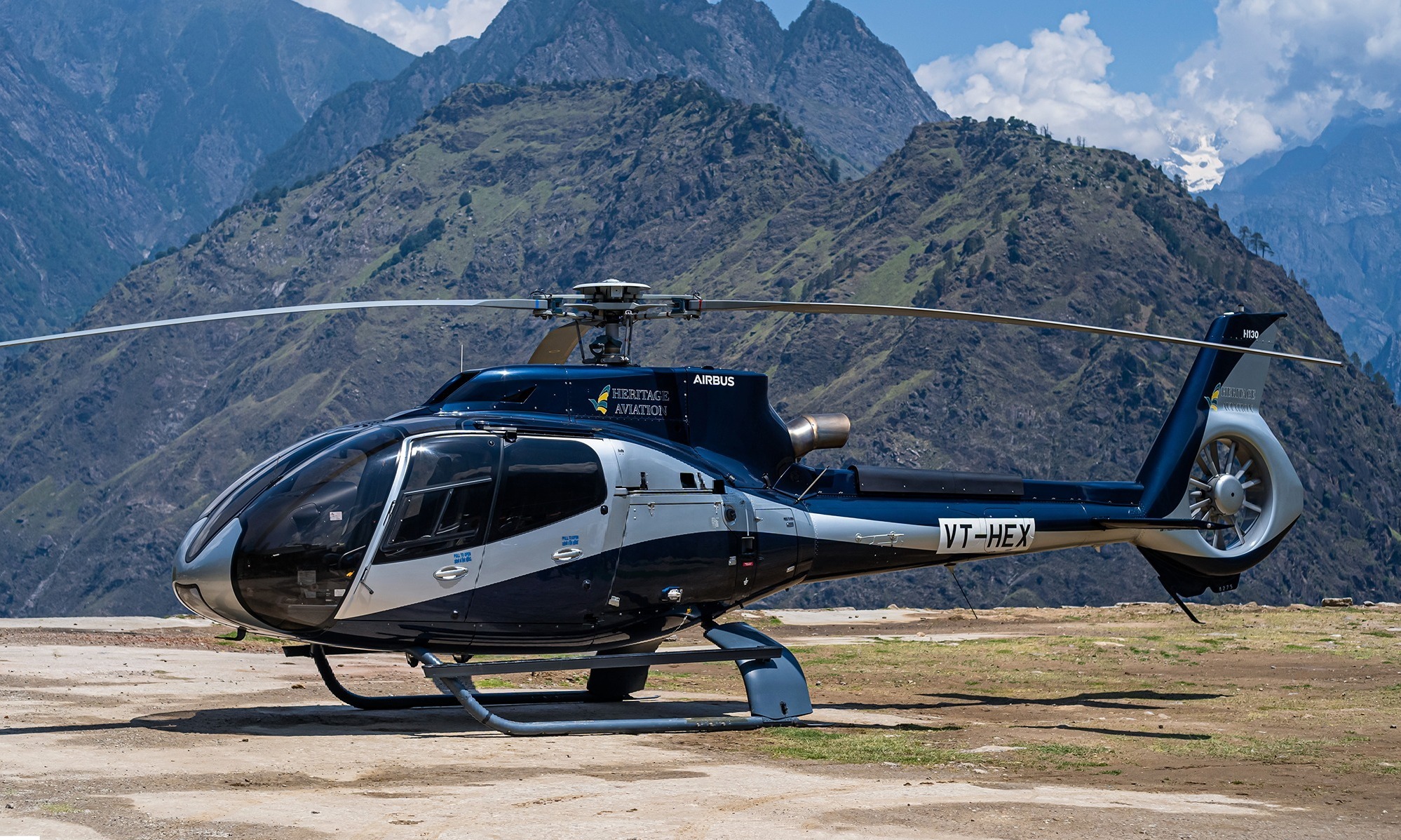Know Why? - Japan is famous for its reliable and fast transportation network
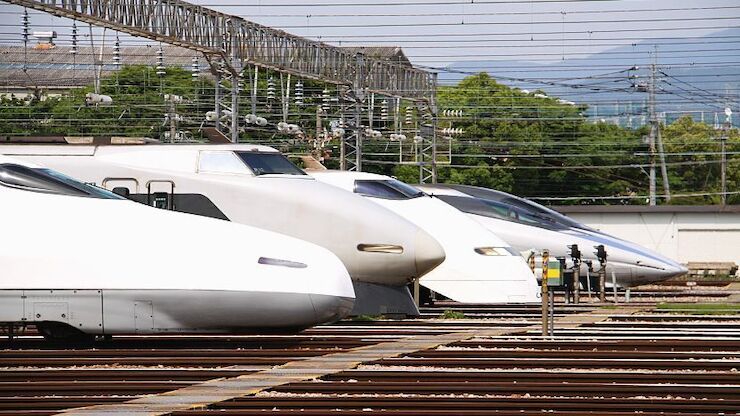
Japan is famous for its reliable and fast transportation network. The country boasts a great, efficient transportation system to take you almost everywhere around the country comfortably and easily. You can use Subway, trains, buses and taxis to move between the tourist areas and for a long-distance trip, one can use Shinkansen and planes. Understanding the different means of transportation and how to use them best prior to your visit, will help you get around the country more easily with confidence and save you time and money! Here is a useful list of the different types of public transportation in Japan:
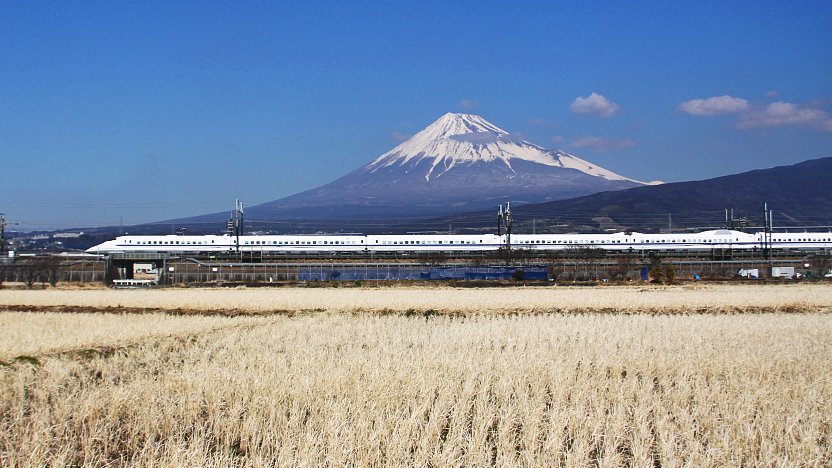
Shinkansen (Bullet Train): Shinkansen will certainly be one of the highlights of a trip to Japan for many foreign tourist. Japan was the first in the world to develop fast moving passenger rail transportation system. The sleek trains snake through the country's mountainous regions to a wide range of destinations in the country. Currently, Shinkansen maximum operating speed is at 320 Kmph. However, in 2015, Japan’s SCMAGLEV train test (latest technology) have set the world record at 603 Kmph. One of the fastest in the world. For most of the passengers, Shinkansen seems expensive but suitably priced Shinkansen train travel in unrivalled comfort, costs can be reduced by purchasing one of a variety of passes.
JR group companies operates total 9 Shinkansen lines connecting almost every part of the country from north to south and public transport network of major cities.
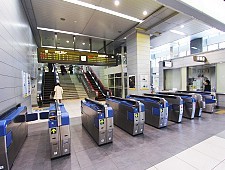 • Subways: Subway is considered as one of the main parts of train networks in Japan. You can easily find subway stations particularly in big cities such as Tokyo, Osaka, Nagoya, Kyoto, Fukuoka, Kobe, Sendai and Yokohama. They extensively cover a range of major areas including shopping areas and business districts as well as popular tourist attractions. If you are unsure about the price of a ticket, simply purchase the cheapest one and adjust the fare when you exit at your destination—there are fare adjustment machines next to the ticket gates.
• Subways: Subway is considered as one of the main parts of train networks in Japan. You can easily find subway stations particularly in big cities such as Tokyo, Osaka, Nagoya, Kyoto, Fukuoka, Kobe, Sendai and Yokohama. They extensively cover a range of major areas including shopping areas and business districts as well as popular tourist attractions. If you are unsure about the price of a ticket, simply purchase the cheapest one and adjust the fare when you exit at your destination—there are fare adjustment machines next to the ticket gates.
• City Buses: Bus networks in Japan contribute to offering a convenient means of getting around. With a large network of buses in cities, many people take city buses for different purposes such as commuting, shopping, sightseeing, and more. The fare is usually relatively cheap compared to other modes of public transportation and generally used for short trips. There are numerous bus stands on different bus routes that connect the more remote areas too, which allow passengers to reach their destinations more easily than taking trains. In addition to the short distance buses, highway buses are quite popular for airport transfers.
• Taxis: In Japan, taxis are not as popular as the other public transport means that we introduced before, especially in big cities like Tokyo. This is partly because the fare can be relatively high, but also because you can easily take a train or bus everywhere in the city. It’s good to use taxis when there is no train or bus available for example at night or for a short-distance trip. In smaller or more rural areas, taxis are sometimes your only option. Taxis get busy especially at night or weekends, when many people go drinking with their colleagues or friends after work and miss the train.
• Getting Around Smoothly: There are variety of options for getting around the Tokyo subway. Every station has multilingual ticket machines where you can buy a one-way fare ticket, or you can use a rechargeable IC card to swipe in and out of the ticket gates. Tokyo Metro and Toei Metro have teamed up to offer a subway pass for tourists that can save you some yen, as well as being super convenient.
 a. Welcome Suica – JR EAST Welcome Suica card is most suited for foreign tourist. It has short validity of 28 days starting from the date of purchase and no deposit is necessary which makes it suitable for foreign tourist. Tourist can use the Welcome Suica for not only the JR East trains but Subways and buses as well. It can also be used to buy cold drinks or coffee from the vending machines and on the train. For traveling in Japan, the Welcome Suica makes a more pleasant trip. To learn more about the Welcome Suica, please visit : https://www.jreast.co.jp/multi/en/welcomesuica/welcomesuica.html
a. Welcome Suica – JR EAST Welcome Suica card is most suited for foreign tourist. It has short validity of 28 days starting from the date of purchase and no deposit is necessary which makes it suitable for foreign tourist. Tourist can use the Welcome Suica for not only the JR East trains but Subways and buses as well. It can also be used to buy cold drinks or coffee from the vending machines and on the train. For traveling in Japan, the Welcome Suica makes a more pleasant trip. To learn more about the Welcome Suica, please visit : https://www.jreast.co.jp/multi/en/welcomesuica/welcomesuica.html
b. Pasmo – Pasmo is the prepaid IC card and used on trains and buses in the Tokyo metropolitan area and all over Japan (including JR). A special version of Pasmo, called Pasmo passport, is available to foreign tourists. Pasmo Passport is valid for only four weeks, no deposit fees but do not allow for refunds. Therefore, tourists can top up this pass based on their itinerary and route plan.
c. JAPAN RAIL PASS – The Japan Rail Pass is cost effective and convenient ticket for traveling by train throughout Japan. It is recommendable using the regional pass in case of traveling to a specific area. The Japan Rail Pass is for those who visit Japan from overseas for sightseeing purpose can only purchase a ticket (*Conditions apply). The ticket comes in two class types: Green car and Ordinary, valid for 7, 14, or 21 days respectively. During the valid period, all JR Group lines-Shinkansen (Bullet train- excluding "Nozomi" and "Mizuho" (both including unreserved seats), special express trains, express trains, semi express trains, ordinary trains and Bus Rapid Transit (for some trains cannot be used), Tokyo Monorail, JR West Miyajima Ferry [Miyajima-Miyajimaguchi], JR bus company local lines are unlimited used.
d. Luggage management – If you are planning to use public transport then it may be difficult for anyone to pull heavy luggage in train, stations or roads and up-down stairways. Herewith, we have some specific recommendations to manage the same.
i. Coin lockers come in various sizes and can be found at virtually every train station and at the entrances to some tourist attractions, but are not always available in large formats.
ii. Luggage storage counters can be found at airports and usually charge between 500 and 1000 yen per piece and day, depending on the size of the item. Some larger train stations have manned storage counters too and typically charge about the same for luggage handling. Unlike at airports where luggage can be stored over multiple days, the storage counters at stations often require same-day pick-up.
iii. Luggage Delivery is a quite popular service in Japan and called as “Takuhaibin” in Japanese. Tourists with a lot of luggage can consider Luggage Delivery (takuhaibin) as a means to send their luggage from the airport to a hotel or between hotels, in order to avoid hauling heavy luggage onto crowded trains and up and down stairways. You can find the counters of several Luggage delivery companies in the arrival lobbies of airports. If you intend to send luggage to a hotel, consult with the hotel before doing so.
Country is popular as one of the safest countries in the world. So, feel free to peacefully handover your luggage at the counter and relax, and one can really expect worry-free and convenient services on budget




































